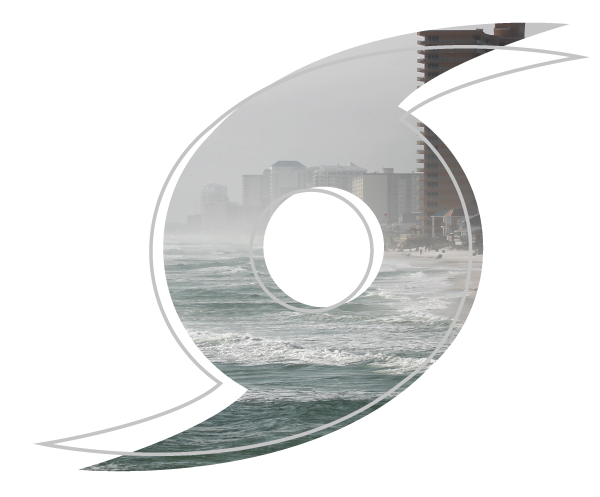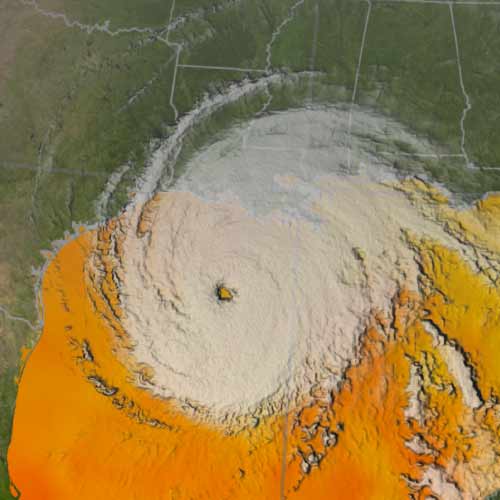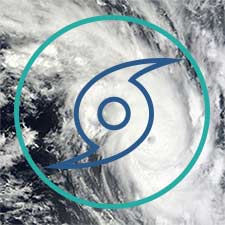The Coastline at Risk
Increasing Exposure Values
With the population growth comes increasing coastal exposure values. While construction slowed considerably following the recession, housing prices and construction costs have continued to increase at a moderate pace. The value of coastal exposures along the Atlantic and Gulf coasts have experienced a compound annual growth rate of about 4% over the past decade. This reflects both the increase in population and in construction costs. The map below shows AIR’s latest industry exposure values in coastal states, as well as coastal counties within them.
This map shows the estimated insured value of exposures in coastal counties in 2018 (in USD billions, darker colors indicate higher values). Click on a state to display its coastal and total state exposure value by year. Click here to download the data.
The Future
The rise in exposure values, although modest compared to pre-recession levels, continues to be the largest factor increasing the hurricane risk facing property insurers today.
However, this may be changing. The latest climate change studies suggest that storm intensity may increase as oceans warm, but that the frequency of hurricane formation may actually decrease. How these two opposing factors play out in terms of insured losses is as yet unclear, although sensitivity tests can be designed to test various scenarios. With rising sea levels and a possible increase in the frequency of wet storms like Harvey and Florence, however, it is clear that companies need resilient strategies for coastal risk management more than ever before.




